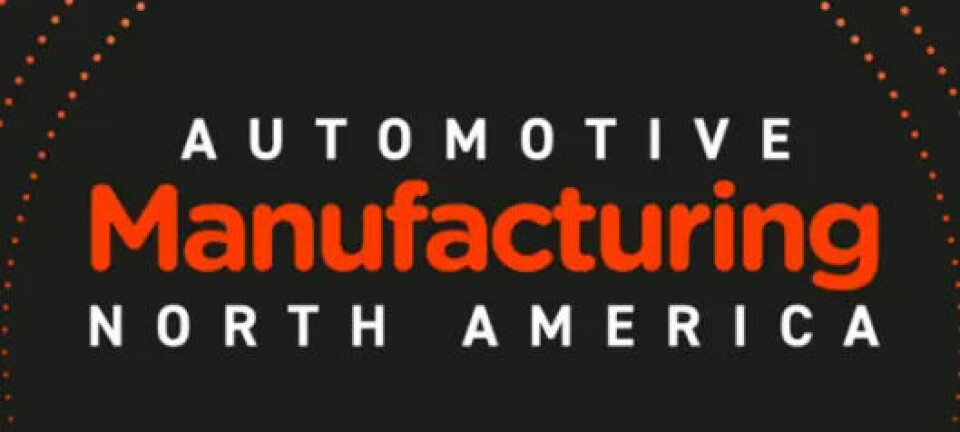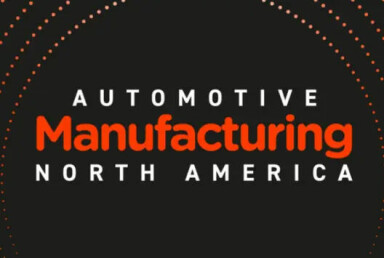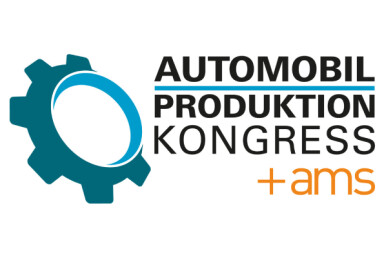Volvo Cars boost US and European production to meet tariff challenges

Volvo rebalances production geography due to US tariffs
Like many European OEMs, Volvo is facing additional costs to import vehicles into the US. This challenge is seeing production strategies being quickly revised and manufacturing of some models relocated.
Doanld Trump wants to rebuild the heartland of US manufacturing and sees growing automotive products as a key part of that ambition. There is no doubt that 25% tariffs on imported vehicles is undermining long-established manufacturing and supply arrangements. Until this year, the US levied just 2.5% on imported cars, which include SUVs and crossover. President Trump has added a blanket 25% on top, making the total tariff payable 27.5%.
The aim is to make 60,000 XC60s and 50,000 XC90s, which would utilise the bulk of the factory’s 150,000 capacity. Volvo’s US factory has been grossly underutilised for many years
Changing economics of production and exports
The UK has a partial exemption on the first 100,000 vehicles exported to the US, with these vehicles paying just 10% tariff. For other European brands and the Japanese and Koreans importing from their home factories, the 27.5% tariff fundamentally changes the economics of the industry. We will look at the Japanese and Koreans in a future blog. Here we look specifically at how one European brand has responded, namely Volvo – which is of course part of the Chinese group Geely – has responded.
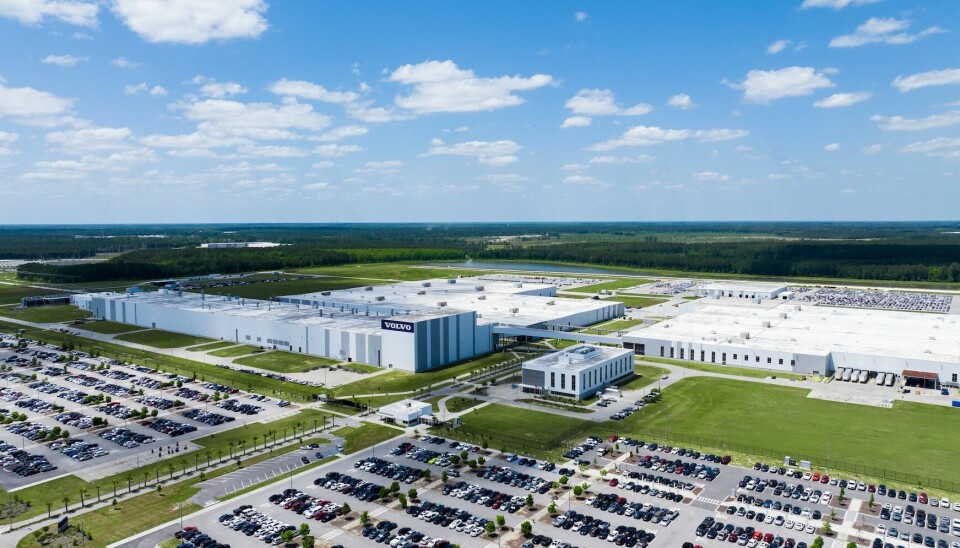
Soon after the 11-fold increase in import tariffs, reports emerged that Volvo was considering – later indeed planning – production of the XC60 in its underutilised factory in Charleston, South Carolina. This has now been officially confirmed, with Volvo stating that production of the XC60 is due to start in late 2026. Moreover, it would now seem that that larger XC90 will be added to the North American factory’s line-up.
The aim is to make 60,000 XC60s and 50,000 XC90s, which would utilise the bulk of the factory’s 150,000 capacity. Volvo’s US factory has been grossly underutilised for many years; in the first six months of 2025 it made around 4,600 Polestar 3s and 4,200 of the Volvo EX90 electric SUV. Even if production trebled in the second half of 2025, the planned volumes for XC60 and XC90 could readily accommodated within the factory.
Volvo has also confirmed that unit will take a one-off charge on its balance sheet of 11.4 billion Swedish krona (US$1.2 billion) in the second quarter of the year. The primary reason given for this was the inability to sell the Chinese-made ES90 EV profitably in the US as it faces tariffs of over 100%. These tariffs were, it should be noted, introduced under President Biden, not President Trump. It would not be surprising if Volvo eventually decided to move production of the ES90 from China to the US and make the US plant an export source for other markets. This moreover follows Volvo’s earlier decision to switch production of the small EX30 for European customers from China to Belgium to get around the EU’s supplementary tariffs on Chinese EVs.
Uncertainty becomes the new norm
European production of the EX30 and the planned moves of the XC0 and XC90 to the US are clear examples of tariffs having a direct impact on a vehicle manufacturer’s production plans. Car companies have previously worked on long-term production and manufacturing planning schedules. They have also planned on the basis that the fundamentals of world trade would not change, other than seeing a gradual reduction of tariffs and harmonisation of regulatory standards. This assumption is no longer valid, and this new reality has led to much strategy re-evaluation in boardrooms across the world, not just at Volvo.
As a relatively small player in the industry, Volvo has had to act fast as otherwise it would have been hit even harder in the future and still have the problems of an underutilised factory in the US to deal with...
The US has embarked on a strategy of industrial protectionism (America First!) and the EU too has increased its protectionist barriers, with enhanced tariffs on Chinese EVs. This too has led to increased and accelerated investment in Europe, with Volvo’s switch of the EX30 to Europe being followed by BYD opening two new factories, along with Chery taking over the old Nissan plant in Barcelona. SAIC, Dongfeng and other Chinese companies will soon announce European production plans. Geely’s Polestar has already announced it will produce vehicles at the new Volvo plant in Slovakia. Other Geely brands will likely be produced in Europe within the next few years.
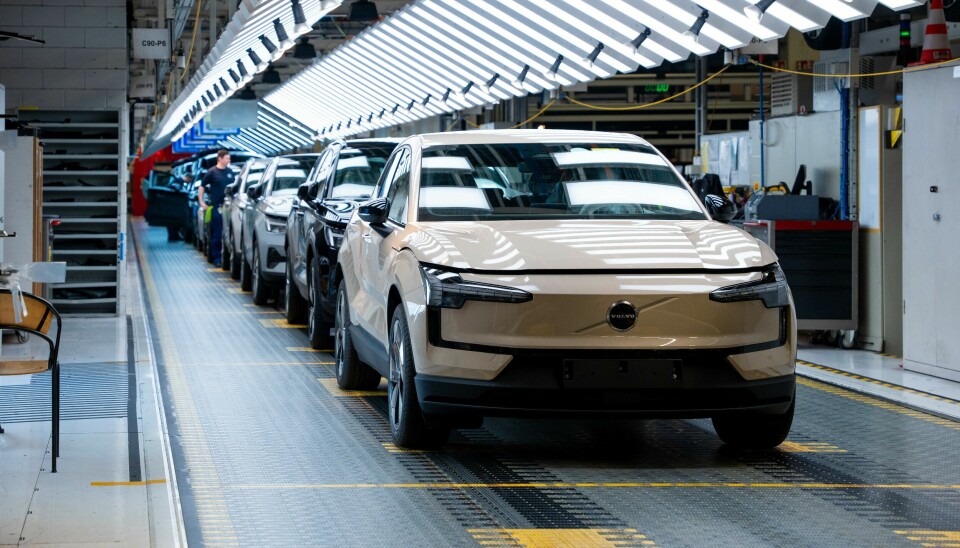
Pressure is intensifying on the EU to reduce the standard 10% on all car imports into the bloc. Volvo and the German premium brands especially have all called for this tariff to be lowered or eliminated; in part this is in response the increased US tariffs and in the hope that the US will in turn reduce tariffs on European imports. The EU and US remain locked in talks over a trade deal but there is little sign of any agreement at present.
US gets a production boost but more challenges ahead
Volvo’s changing production strategy and its decision to take the US$1billion hit to its latest results are a function of tariffs and the slower than expected or hoped-for take-up of EVs in Europe and the US in particular. As a relatively small player in the industry, Volvo has had to act fast as otherwise it would have been hit even harder in the future and still have the problems of an underutilised factory in the US to deal with. It did not want this to become a stranded asset and knew it could not supply all of its vehicles to the US from outside the country due to tariffs; utilising its factory there was the only route to follow. Of course, this reduces production volumes in Europe and may lead to the costly duplication of supply chains as component imports to the US are also subject to tariffs. Boosting US production may solve one problem but it also leads other challenges. Those are for another day.


